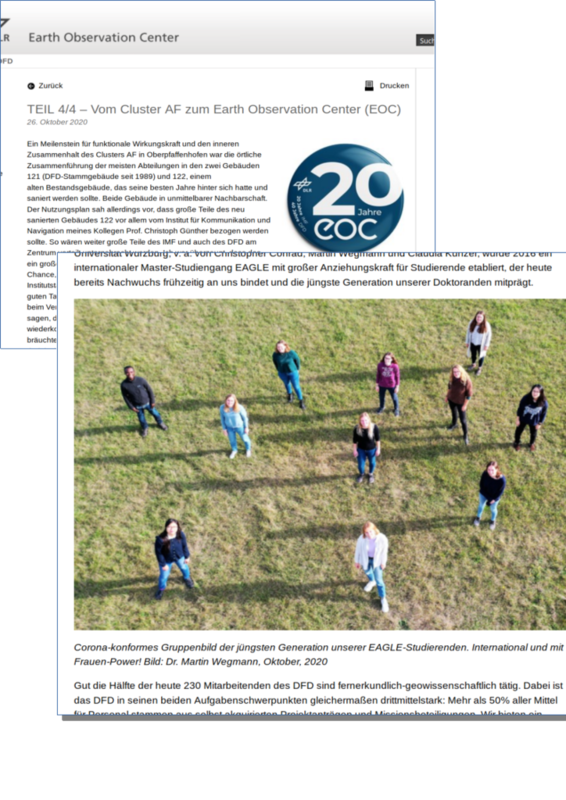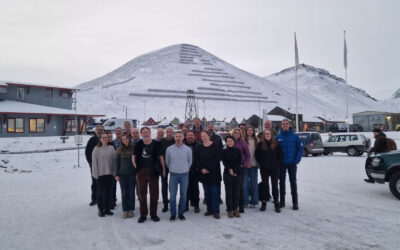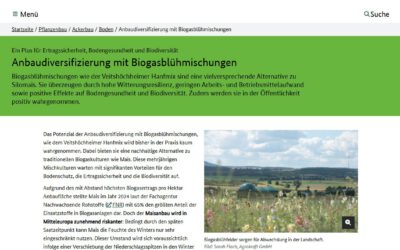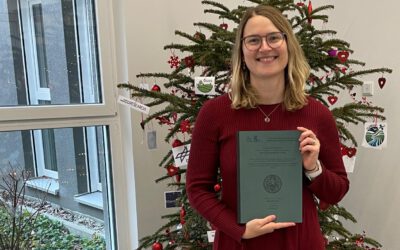
Our department, especially our EAGLE Earth Observation students, got mentioned in the 40 year anniversary news article of DLR-EOC. Very interesting to see how Earth Observation potentials and challenges changed over these few decades and what a great power we nowaydays have at our hands.
Looking forward to another 40 years of Earth Observation research and how we can contribute to the environmental knowledge, awareness and understanding on our planet.








